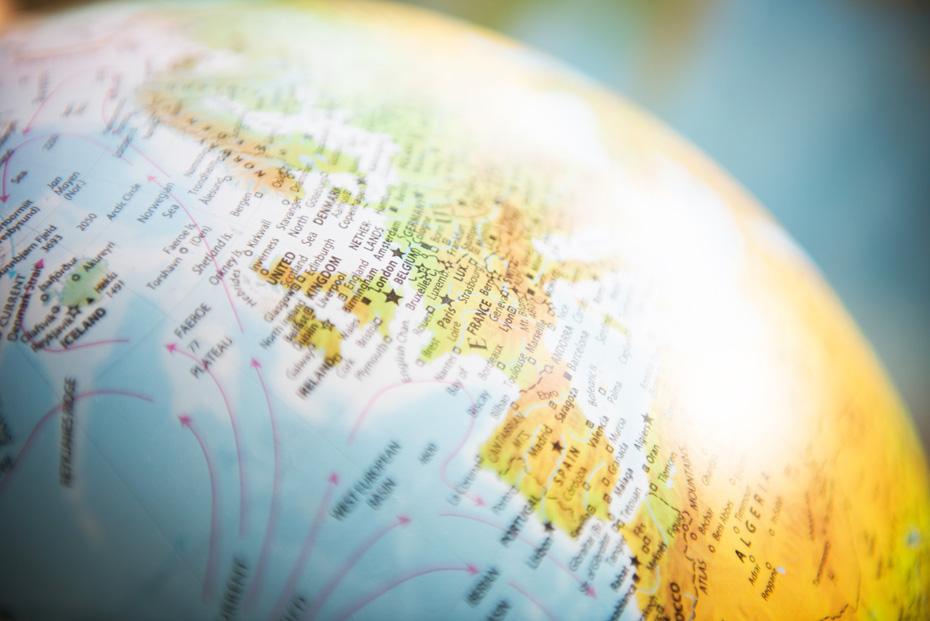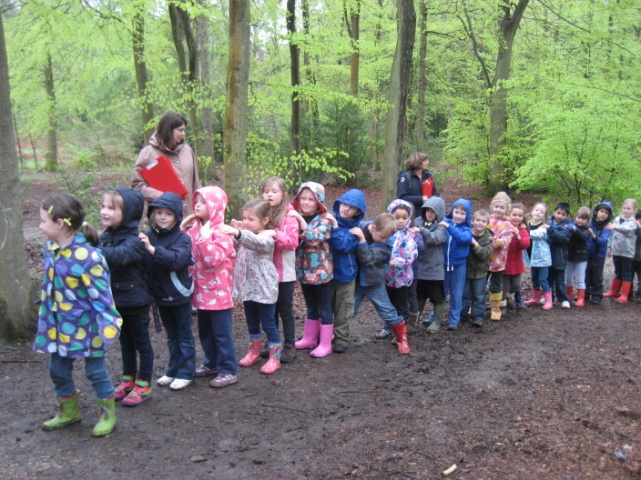Geography

As geographer Michael Palin, puts it: “Geography is all about the living, breathing essence of the world we live in. It explains the past, illuminates the present and prepares us for the future. What could be more important than that?”
Intent
By the end of KS1 in Geography, pupils should have developed knowledge about the world, the United Kingdom and their locality. They should understand basic subject-specific vocabulary relating to human and physical geography and begin to use geographical skills, including first-hand observation, to enhance their locational awareness.
At Crawley Ridge Infant school we aim for children to have this knowledge but also to have a fascination about the world in which they live. In these ever changing times Geography’s fundamental role lies in helping children to understand the world, its environments and places near and far, and the processes that create and affect them.
The National Curriculum states that pupils should be taught about:
Locational knowledge
- name and locate the world’s seven continents and five oceans
- name, locate and identify characteristics of the four countries and capital cities of the United Kingdom and its surrounding seas
Place knowledge
- understand geographical similarities and differences through studying the human and physical geography of a small area of the United Kingdom, and of a small area in a contrasting non-European country
Human and physical geography
- identify seasonal and daily weather patterns in the United Kingdom and the location of hot and cold areas of the world in relation to the Equator and the North and South Poles
- use basic geographical vocabulary to refer to:
- key physical features, including: beach, cliff, coast, forest, hill, mountain, sea, ocean, river, soil, valley, vegetation, season and weather
- key human features, including: city, town, village, factory, farm, house, office, port, harbour and shop
Geographical skills and fieldwork
- use world maps, atlases and globes to identify the United Kingdom and its countries, as well as the countries, continents and oceans studied at this key stage
- use simple compass directions (North, South, East and West) and locational and directional language [for example, near and far; left and right], to describe the location of features and routes on a map
- use aerial photographs and plan perspectives to recognise landmarks and basic human and physical features; devise a simple map; and use and construct basic symbols in a key and use simple fieldwork and observational skills to study the geography of their school and its grounds and the key human and physical features of its surrounding environment.
At Crawley Ridge Infant school we aim for children to have this knowledge but also to have a fascination about the world in which they live. In these ever changing times Geography’s fundamental role lies in helping children to understand the world, its environments and places near and far, and the processes that create and affect them.
Implementation
Please find attached to the bottom of this webpage a progression grid outlining how Geography is implemented in our school, including EYFS.
Impact
The impact of this teaching throughout our school will encourage children to develop an interest in the world around them, both in their own locality and further afield. They will show knowledge of the continents, countries and oceans of our world and will have developed simple fieldwork skills and the appropriate geographical vocabulary to stand them in good stead as they progress and continue their geographical learning journey in KS2.


